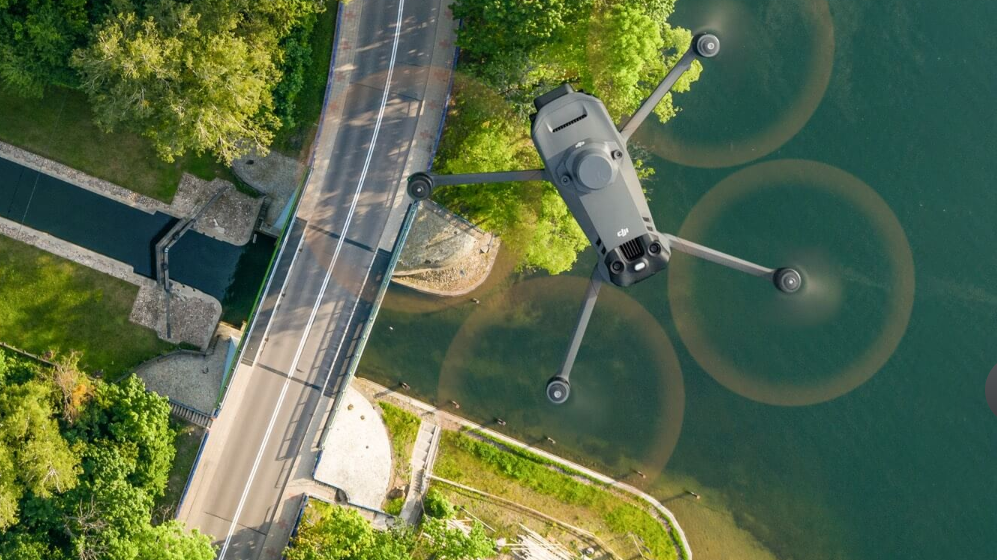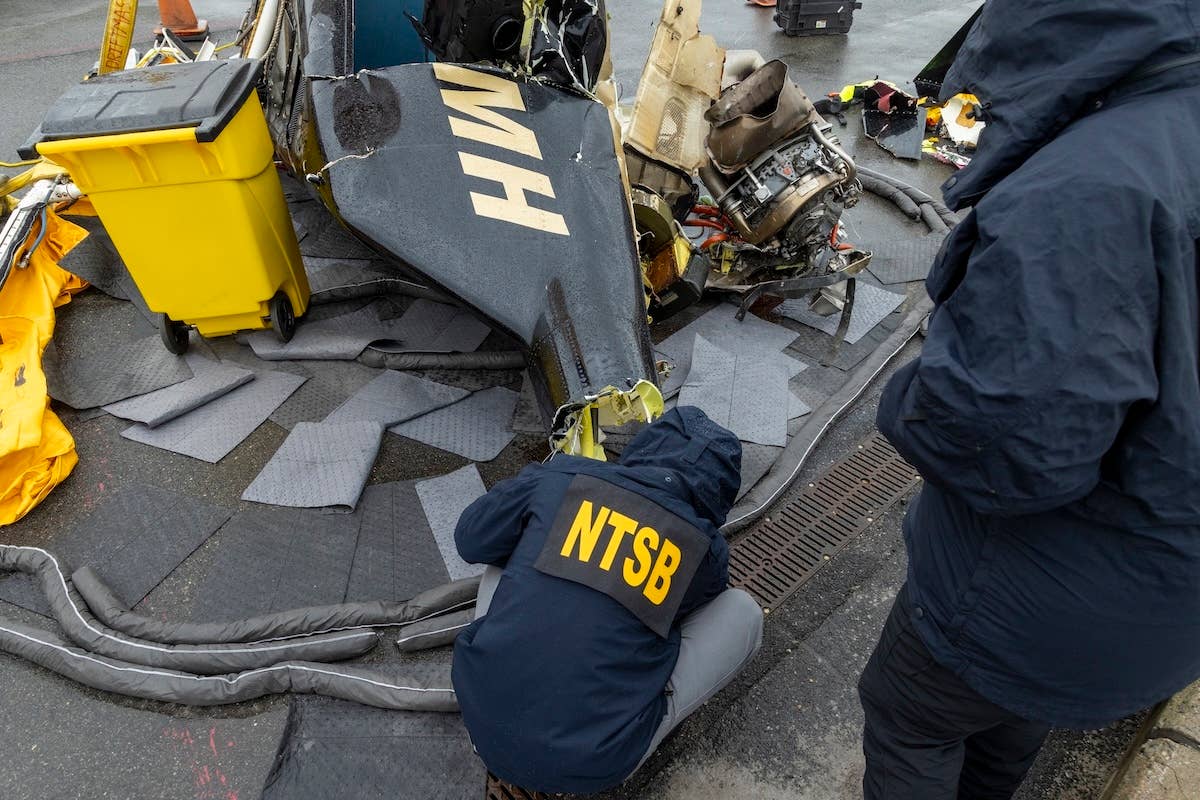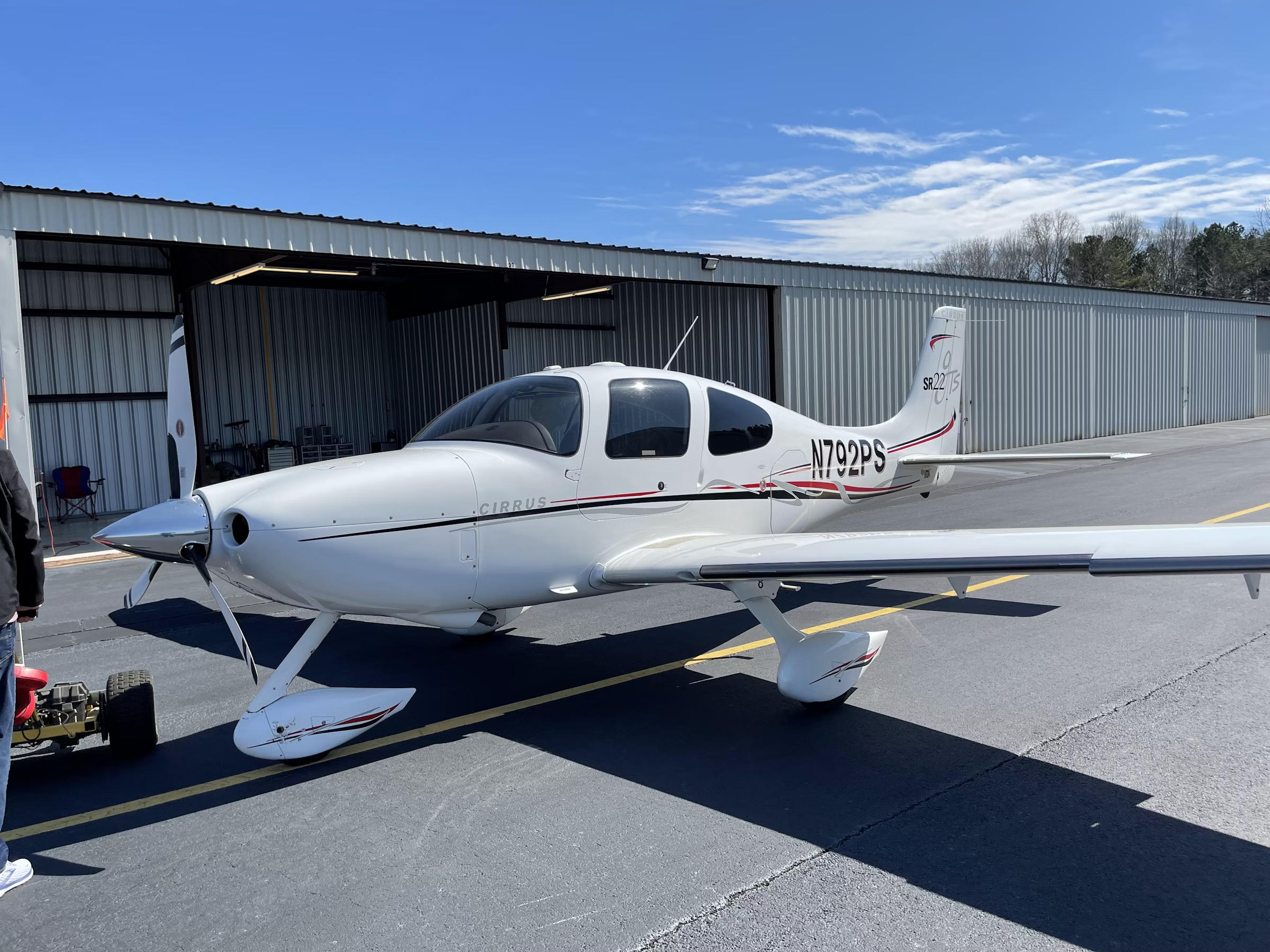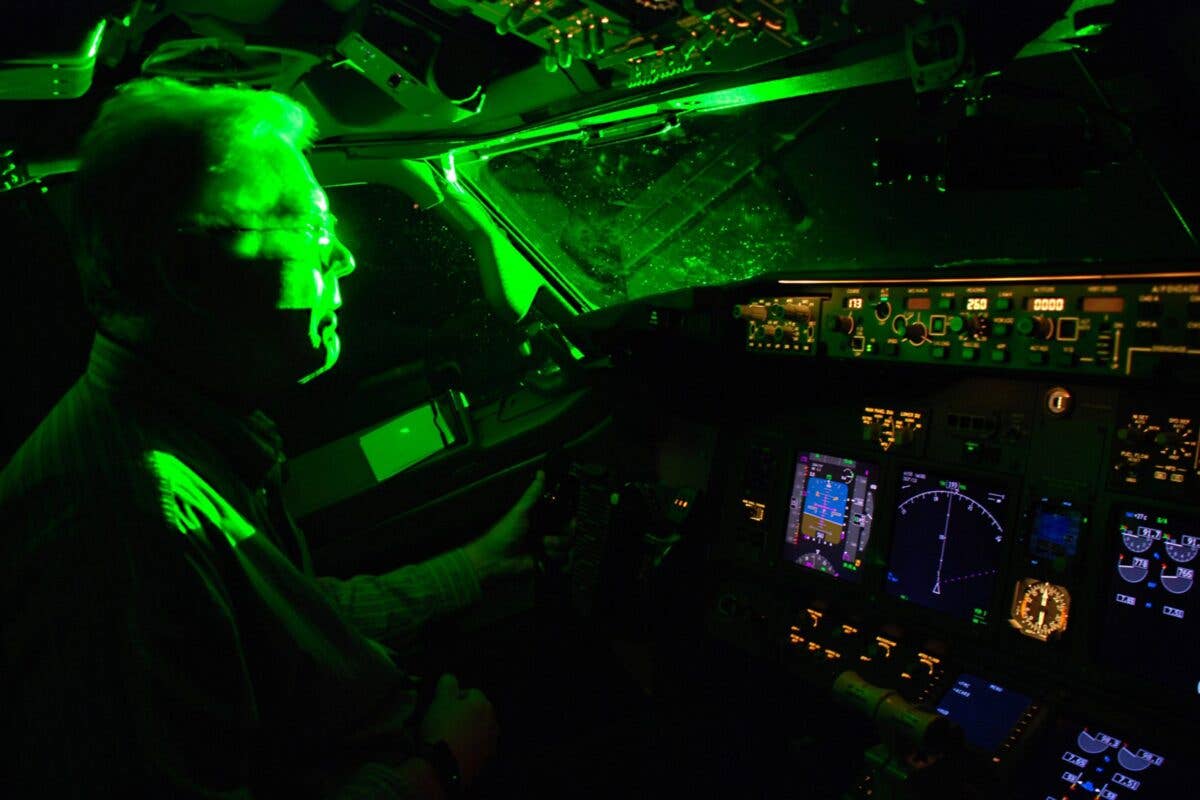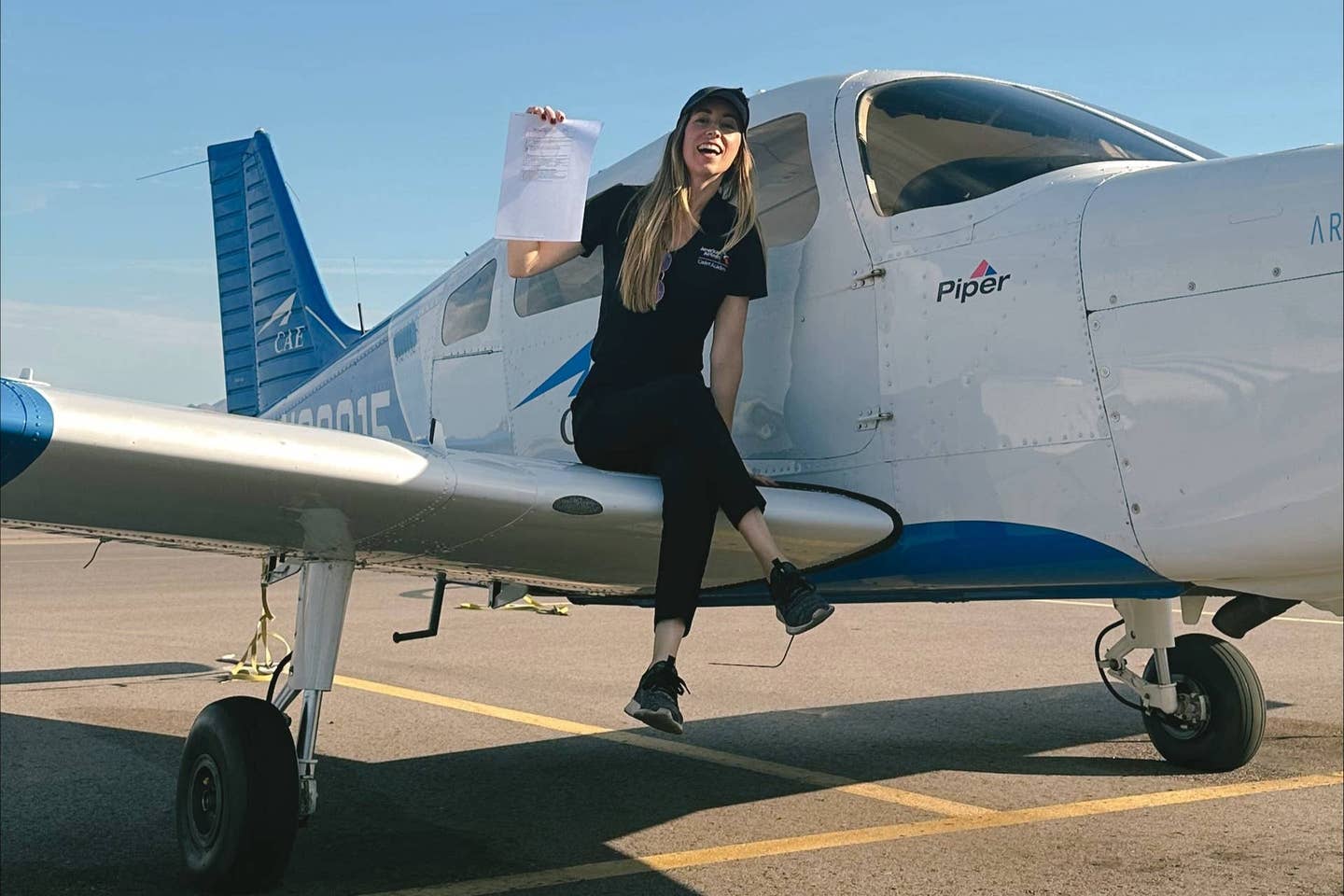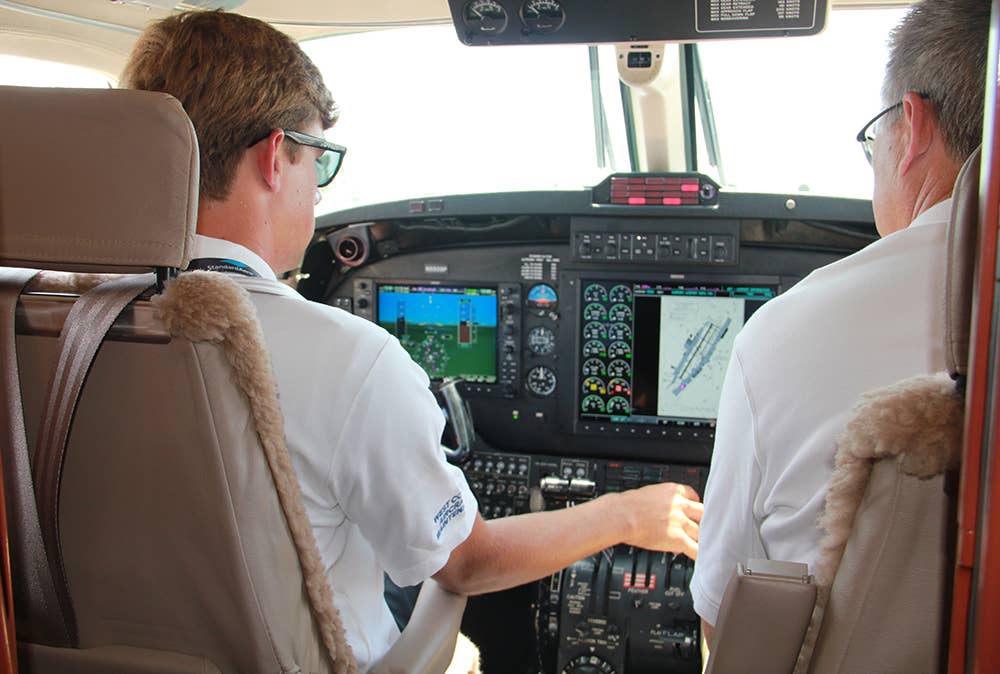Planes That Are Not Too Big for Fun
No type rating is required to enjoy these aircraft.
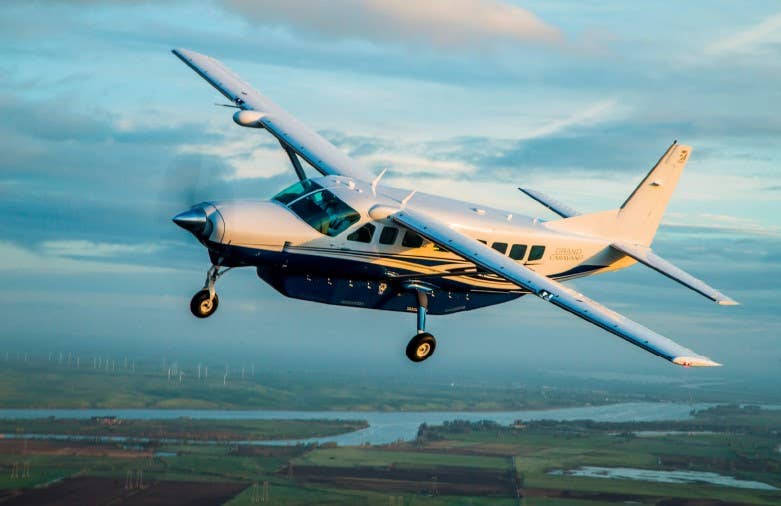
Ask just about any Caravan pilot how it flies, and they will invariably describe the big Cessna as nothing more than an oversized 182. [Courtesy: Textron Aviation]
Seven-thousand-pound diesel pickups. Ninety-eight-inch televisions in 8,000-square-foot homes. Convenience store soft drinks that require two hands to hold and three minutes to fill.
There’s a subset of the population that simply craves excess and revels in abundance.
While that may be true for some jet-setting globetrotters, in the world of GA aircraft ownership, such thinking is relatively rare. Big airplanes have correspondingly big fuel tanks that cost big money to top off.
If you're not already a subscriber, what are you waiting for? Subscribe today to get the issue as soon as it is released in either Print or Digital formats.
Subscribe NowBut what if your mission calls for heavy iron? What if your top priority was to own and fly the biggest airplane possible?
Here in the U.S., such dreams are complicated somewhat by an FAA regulation that requires in-depth training and certification—known as a type rating—to fly jet aircraft or any aircraft with a maximum takeoff weight in excess of 12,500 pounds. While structured, thorough training isn’t necessarily something one should avoid, the regulation begs the question: What are some of the biggest aircraft types a typical private pilot could fly without crossing that threshold and having to undergo such training?
Here, we explore your options if size were prioritized over the typical factors we consider during an aircraft purchase:
Cessna 208 Caravan
Ask just about any Caravan pilot how it flies, and they will invariably describe the big Cessna as nothing more than an oversized 182.
Simple systems, docile handling, and flight characteristics similar to just about every Cessna produced with tricycle gear define the Caravan. Those who fly them for a living might lament the presence of a propeller or the lack of a swept wing, but they’re always quick to praise it overall.
- READ MORE: Seeking Out Ghosts of Your Airplane’s Past
First flown in 1982, the Caravan continued a trend that arguably began with the growth of the 172 into ever-larger variants. After the 172 and 182 first flew in 1956, subsequent larger versions appeared in the ’60s, including the 205, 206, and 207. Popular in remote, rugged regions like Alaska, these workhorses earned a solid reputation for reliably moving people and cargo into and out of challenging areas—and doing so economically. The Caravan is known as “the flying Swiss Army knife” because of its versatility.
As these models sold through the ’70s, Cessna began exploring a larger, clean-sheet development that would utilize a Pratt & Whitney Canada PT6A turbine powerplant. The resulting model 208 Caravan saw immediate success—initially in the original configuration as a nine-to-13-passenger aircraft, but particularly after
FedEx ordered 177 cargo variants a short time later.
Most private owners opt for the standard passenger version or the lengthened Grand Caravan with additional seating. The cabin can be configured with high-density seating for utilitarian operations or plush club seating that resembles the seating arrangement of private jets. With full-fuel payloads in excess of 1,000 pounds and an available belly pod that enables the transport of baggage without cluttering up the cabin, overnight trips with friends become simple and straightforward.
Perhaps the most impressive aspect of the Caravan, however, is how simple and straightforward it is to exercise such capability. Even the Grand Caravan, with its nearly 9,000-pound maximum takeoff weight,
performs as predictably as a four-seat 182. Transitions into the big Cessna are simplified with modern Garmin avionics, and the type is popular enough that qualified training is easy to find.
One of the Caravan’s most intriguing aspects is the availability of Wipaire amphibious floats. Equally capable of operating from land or water, these enable anyone with a seaplane rating to access an even wider variety of destinations–and have fun doing it.
One Caravan amphibian owner inbound to this year’s EAA AirVenture was reportedly notified of an incident at the airport and instructed to hold around a lake for an estimated 45 minutes. Making the best of the situation, the pilot simply landed on the lake, shut down, and went for a swim with his friends until arrivals were allowed in.
If that’s not a fun way to operate a big airplane, we don’t know what is.
Grumman Goose
While the Cessna Caravan can achieve some impressive things with its amphibious floats, there’s something to be said for a pure flying boat—particularly one with the lineage and soul of a classic 1930s-era Grumman Goose. A product of aviation’s golden age, developed in the era of barnstormers, airmail, and art deco style, the Goose was one of four twin-engine flying boats of Grumman fame.
The model that most people are familiar with is the hulking, 37,500-pound HU-16 Albatross. Designed to perform rescue operations for the U.S. Coast Guard, it was able to handle rough seas in the open ocean and handily exceeded the 12,500-pound limit for this exercise. The rare G-73 Mallard was the next size down in the Grumman flying boat lineup, and at 12,750 pounds, it only just exceeded our weight limit.
- READ MORE: EAA AirVenture: A Study in Cargo and Packing
The G-21 Goose, on the other hand, weighs in at a respectable 8,000 pounds and thus qualifies for our list of big aircraft for private pilots. Powered by two 9-cylinder Pratt & Whitney R-985 Wasp Junior radial engines that each produce 450 hp, the Goose produces a sound and feel like no horizontally opposed piston or smooth-running turboprop can match. After flying a classic airplane with engines like this, nearly every alternative seems to have the soul of an Amana dishwasher.
There are certain advantages to a flying boat over an airplane with floats. Because the fuselage itself serves as the hull, the center of gravity sits much lower than that of a float plane. This increases stability in the water and, depending on the specific design, can withstand rougher seas.
Additionally, the lack of external floats and braces can make a flying boat more aerodynamically efficient than an airplane on floats. For example, the Goose can cruise at just over 190 mph, while a Beech 18 on floats—using the same engines—can achieve only about 135 mph. Since both burn roughly 50 gallons per hour in cruise, the Goose’s faster speed makes it the more economical of the two on a given trip.
Of course, the mention of economy is laughable in the context of the Goose. With tailwheel landing gear, five-to-seven seats, multiple engines, and particularly as a seaplane, obtaining insurance would likely require divine intervention. Alternatively, one could become independently wealthy and self-insure.
But performance numbers and cost savings are not what the Goose is about. The Goose is about transporting you to an entirely different era of aviation on every flight. Reach up and grab the ceiling-mounted throttle levers, peer through the prop arcs just ahead of the cockpit windows, feel the reverberation of the big radials, and you might as well be Indiana Jones on your way to dinner in Monaco after delivering provisions to your team of archeologists in Alexandretta.
de Havilland Canada DHC-6 Twin Otter
Moving up from our 8,000-pound contenders, we finally reach the biggest and heaviest aircraft one can fly without a type rating.
At precisely 12,500 pounds, it’s not a coincidence that the maximum takeoff weight of the de Havilland Twin Otter matches the maximum limit imposed by the FAA. De Havilland correctly reasoned that the Twin Otter would be that much more attractive to prospective customers if it could be flown by pilots without a type rating.
Not that additional advanced training would be a bad thing for Twin Otter pilots. From the beginning, the 19-passenger twin turboprop was designed to access some of the most inhospitable locations on earth. From Antarctic expeditions to the South Pole to commercial service to the shortest commercial runway in the world to hair-raising mountainside operations in Nepal, the Twin Otter has extreme capability, and operators use every bit of it.
If outdoor apparel manufacturer The North Face made an airplane, this would be it.
Fundamentally, the Twin Otter differs from other similarly sized twin turboprops in its short takeoff and landing (STOL) performance. With a published STOL takeoff distance of only 1,200 feet to clear a 50-foot obstacle and 1,050 feet for landing over the same 50-foot obstacle, the short-field capability is astounding.
In comparison, the non-STOL Embraer EMB-110 Bandeirante, with the same engines and the same passenger capacity, requires 2,648 feet and 2,848 feet, respectively.
Everything comes at a price, and this capability is no exception. Equipped with big double-slotted Fowler flaps and drooping ailerons, the wing is optimized for low-speed flight and, consequently, is less efficient at higher speeds. Additionally, the exposed wing struts and fixed landing gear, while lightweight and durable, add more drag to the equation. Ultimately, you can expect a maximum cruise speed of around 160 knots.
The Twin Otter is as versatile as it is capable. Standard landing gear enables operation from rough, unimproved runways. Lightweight straight floats provide water access without much of a payload penalty, while fully amphibious floats are able to be flown from land or water. Similarly, both straight skis and wheel skis are utilized in harsh winter climates like Antarctica.
The end result is perhaps analogous to a heavily modified Jeep Wrangler rock crawler. This is a machine laser-focused on extreme capability, able to access places few others can.
If you want fast, comfortable, long-distance transit, there are far better alternatives. But if you want the ability to take a group of friends and a few weeks of camping supplies deep into the wilderness via short, rudimentary airstrips, the Twin Otter is tough to beat.
Beechcraft King Air 260
Take a survey of the most common mission profiles of most aircraft owners, and you’ll find that landing on mountaintop airstrips in Nepal and delivering supplies to the South Pole tend to rank toward the bottom of the list.
More likely, buyers will be interested in fast, comfortable transportation between well-established metropolitan airports. And if their passengers are able to watch cat videos on Instagram and take naps along the way, all the better.
This is where a proven performer with all-around usability comes into play, and few are as proven as Beechcraft’s King Air family. With lineage extending back to the Twin Bonanza that first flew in 1949, the platform evolved into the ’50s-era, piston-powered Queen Air before culminating in the turboprop King Air family that remains in production today.
While many variations of the King Air have been produced over the years, the line can generally be divided into three primary variants.
The entry-level 90, with seven seats and a 10,100-pound maximum takeoff weight, is commonly positioned as a step up from cabin-class piston twins. Excluding the commuter airline variants like the Model 99 and the 1900, the largest King Air is the 350, with seating for 11 and a maximum takeoff weight of 15,000 pounds or more.
Splitting the gap is the midrange 200-series, exemplified by the King Air 260. Like the Twin Otter, it features a maximum takeoff weight of precisely 12,500 pounds, eliminating the need for type-rated pilots. When it comes to real-world, cross-country capability without a type rating, few options are as refined and proven as this King Air series.
The basic formula hasn’t changed much over the years. Combine two Pratt & Whitney PT6 turboprop powerplants, a roomy cabin with comfortable club seating, and docile, well-mannered handling qualities, and you’ve got a flexible performer that, unsurprisingly, has been successful for decades.
One sign of Beechcraft’s quality is the U.S. military’s continued allegiance to the brand.
Over the years, the Bonanza, Baron, Twin Bonanza, Queen Air, and King Air have all found roles in various branches of the armed forces. If ever there was a “mil-spec” airplane, this would be it, and it’s telling that direct competitors like the Cessna Conquest and Piper Cheyenne never followed suit.
With an avionics suite that includes autothrottles, digital pressurization, and synthetic vision, the newly updated 260 reduces workload, making it easier than ever to manage in flight. In the end, this King Air just might be the single closest thing to a private jet available to fly for pilots without a type rating.
Antonov An-2 Colt
Life isn’t all about sensibility and economic viability. Not all of us dream of flying IFR from one perfectly manicured resort town to another.
In a world of smooth yacht rock and clean-cut golf tournaments, some of us long for Metallica and Burning Man.
For this subset of the flying population, the Antonov An-2 is just the ticket. First flown in 1947 and produced in largely unchanged form for approximately 50 years, this monster taildragger was to the Soviet Union what the C-47 was to the U.S.—a rugged, dependable transport that can survive multiple wars and rise to just about any challenge.
With a maximum takeoff weight of 11,993 pounds, it falls just under our weight limit and is, therefore, a natural contender for one of the largest aircraft one can fly without a type rating.
Since its introduction just after World War II, the An-2 has worn many hats, serving as an airliner, military transport, firefighter, crop duster, and even an armed attack aircraft. Nearly 20,000 examples were built in Russia, Poland, and China. Provided you have the means of shipping and importing goods from those parts of the world, spare parts are plentiful.
Everything about the An-2 is massive, unrefined, and utilitarian. The 9-cylinder Shvetsov ASh-62 engine, a development of the Wright R-1820 Cyclone that powered the Boeing B-17 Flying Fortress and Grumman HU-16 Albatross, produces just over 1,000 hp at takeoff power. While doing so, it consumes a staggering 110 gallons per hour.
According to those fortunate enough to have logged time in the beast, attempting to wrangle it through steep turns and crosswind landings is not unlike trying to ride an inebriated water buffalo through a museum’s display of priceless antiquities and fine china. Significant upper body strength is required, and at times, one wishes for a third arm to keep everything running properly. Once finally established in a given phase of flight, things unfold both slowly and deliberately.
Slow flight is, in fact, one of the An-2’s greatest strengths. With an estimated stall speed of only 35-40 knots and a kite-like 770 feet of wing area, it requires just over 500 feet of runway for takeoff and slightly more for landing. The kite-like qualities turn against you in crosswinds, however, with anything more than 8 knots described as “intolerable.” Taxiing in winds greater than 20 knots is said to be impossible.
Finding a rational reason to purchase such a machine requires searching one’s heart and ignoring one’s brain. For nearly any mission, there exists a more logical and economical alternative. However, logic and economy are simply not significant factors for those who own and love the An-2.
Instead, this belching, oily anachronism is itself an experience. The purchase could perhaps be justified during preparation for the onset of a Mad Max-style zombie apocalypse scenario, wherein a large aircraft is needed to survive the harshest conditions imaginable with limited maintenance support.
But otherwise, one purchases an An-2 simply to enjoy the An-2.
This feature first appeared in the September Issue 950 of the FLYING print edition.

Sign-up for newsletters & special offers!
Get the latest FLYING stories & special offers delivered directly to your inbox


